
In this guest editorial article, he gives his opinion on the ethics of climbing popular summer rock climbs in winter.
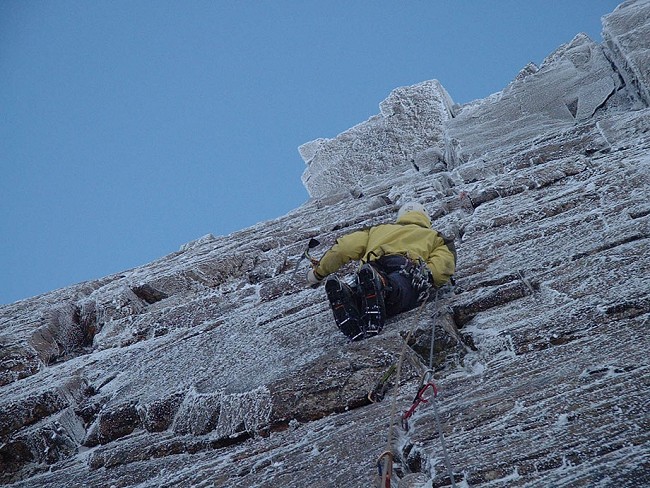
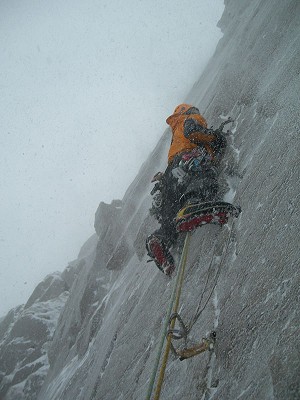
I am talking about routes on mountain crags in winter condition here, not "dry tooling" which seems to confuse people. I'm not going to enter a debate on what constitutes winter condition as I think that decision lies with the climber. You know if the route you did was a winter one.
What captures me as a climber is a line. A lot of the best lines for winter also happen to be the best lines for summer, Gimmer Crack is a prime case in point, a three pitch corner system, the winter line differs slightly from summer. Ascents in both summer and winter are equally as enjoyable and rate as being as good as anything about. The 2 styles can coexist and do in many places; Scafell, Bowfell, Gable, Ben Nevis, Shelterstone, Beinn Eighe, Cairngorm, Lochnagar, Glen Coe, The Cobbler the list goes on. If a line is truly great then the climbing and positions will capture you, if in summer you are distracted by a few scratches then you have missed the point.
The Rock Climbers environmental argument against climbing established summer rock routes in winter is seriously flawed and dangerous. What the argument actually is about is aesthetics, it is a selfish argument deployed by hypocritical rock climbers wishing to preserve what they think a rock climb should look like. This environmental argument is not about protecting fragile ecosystems. It is an argument that worries me as a rock climber, the ultimate extension of the environmental argument is that we should all stay at home.
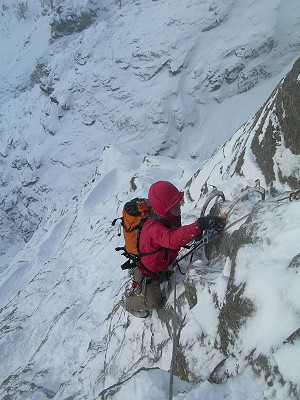
When C.S. Worthington climbed Engineers Chimney in winter condition in 1909, now graded V 6, and at the time a winter ascent of a summer VS ( about as hard as any rock route in the world at the time) they were out climbing and having a good time, I'm sure they didn't court wide scale criticism. This answers another question posed of this style of climbing, namely that it is a passing fashion, Rock routes have been climbed as cutting edge winter lines for over 100 years.
In answer to a pure environmental argument against climbing established rock routes
I would put forward a counter argument that says you should only climb established classic summer lines in winter. On these lines the environmental damage has been done; vegetation removed, drainage altered, approach paths eroded etc, climbing them in winter and scratching the rock generates a mineral flush which can help stimulate lichen growth to cover up the polish. Chalk changes both the Ph and moisture content of the system, which in terms of stimulating vegetation regeneration is bad. Winter climbing on summer lines can be shown to be a good thing from an environmental stand point
Encouraging winter climbers to climb winter only lines on winter only crags is environmental terrorism, lets all go to pristine untouched ecosystems and interfere with them, incidentally this destruction is the same when a new untouched line is gardened in summer, in fact winter is probably the best time to interact with these untouched ecosystems as a lot of the vegetation is dormant.
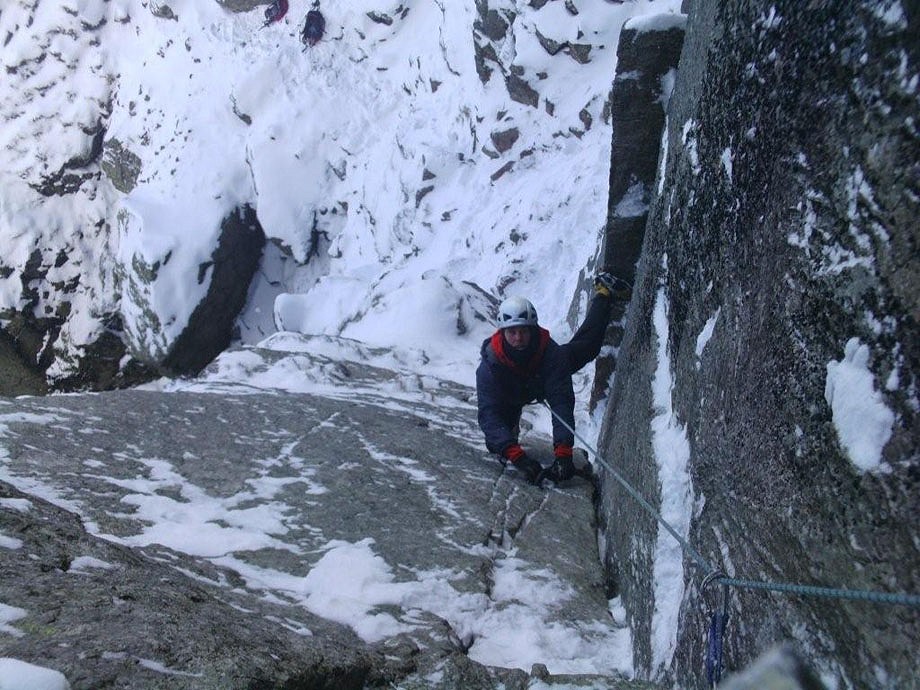
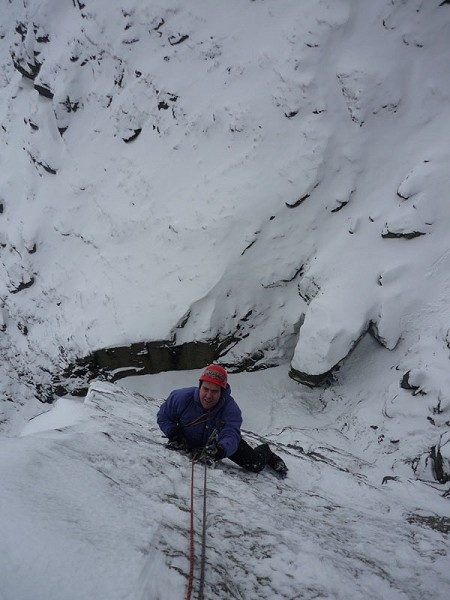
So it boils down to aesthetics. When it comes to a question of aesthetics what we are doing is putting a higher level of importance to one set of climbers values than another. I would say that the visual damage that chalk and erosion does to a bouldering venue such as Langdale boulders is far worse than a few scratches on a high north facing mountain crag. Not only does it spoil the appearance of the rock for other climbers but it spoils what is a very picturesque view for a much wider user group. I don't criticise the use of chalk, I don't try to limit visitor numbers etc. It is not up to me. I go bouldering at Langdale and I am happy to climb 3 star summer routes in winter.
The ascent of summer lines in winter is not new and is not going to disappear because a few rock climbers think it is bad. Just as rock climbers are not going to stop gardening pristine crag environments and using chalk. We have to accept that this is the case, this is climbing, and get on with enjoying ourselves on the crags.
Steve Studied Ecology, Environmental Management and Geology in the Mountain Environment whilst at the University of Cumbria in Ambleside.
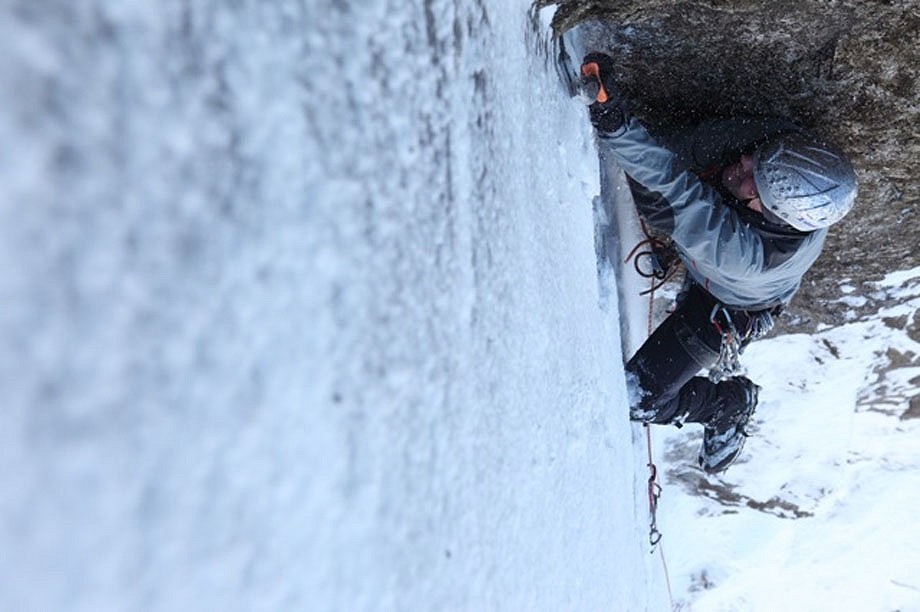

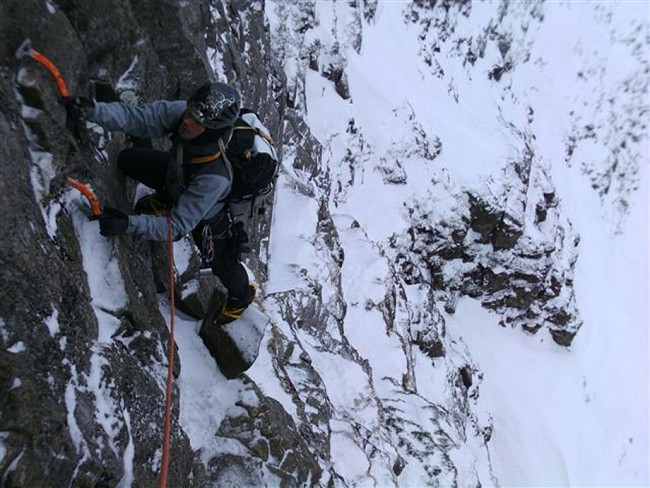











Comments